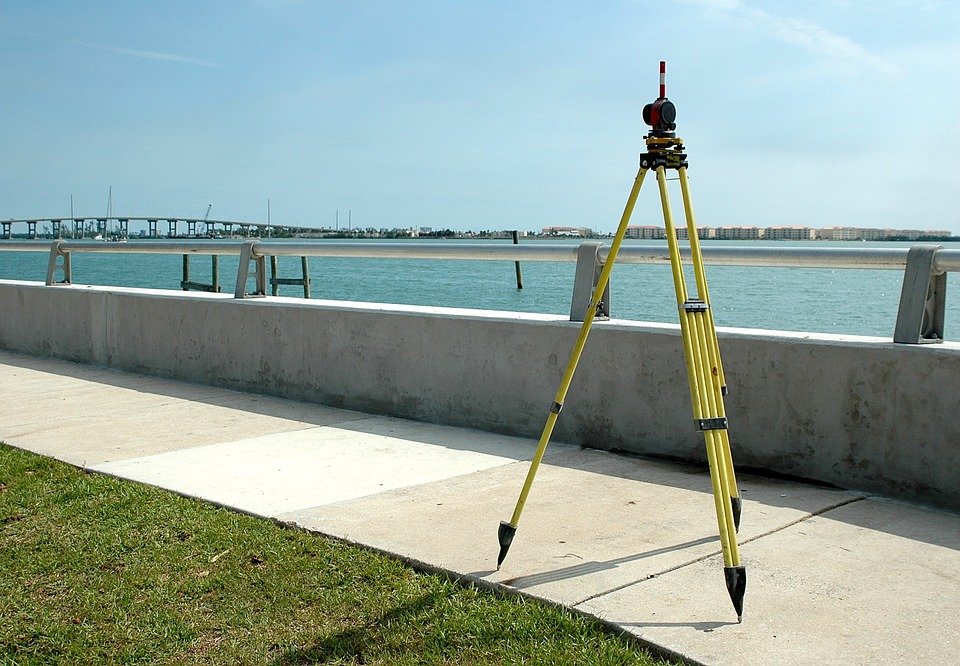Land surveying is an essential practice that measures and maps the world around us. It involves mathematics, advanced software and equipment that can calculate just about anything in the ground, sky or even the bottom of the sea.
Accurate land surveying is necessary for a variety of purposes, including determining property boundaries and supporting construction projects. Inaccurate surveys can lead to disputes between property owners, which can have costly and negative consequences.

Accuracy is Key
Accuracy is an important aspect of surveying because it determines the accuracy of a measurement. When a surveyor takes a measurement with a tape, it is considered accurate if the measurements agree to within two millimeters (less than one-tenth of an inch).
Precision refers to how closely repeated measurements or observations come to duplicating the measured or observed value. To illustrate this difference, imagine four cases of rifle shots fired at a bull’s eye target.
The ability to measure land accurately is an essential skill for every surveyor. This is because it allows them to make precise measurements of the angle, distance, and elevation of a project site.
Boundaries are Key
One of the most important aspects of a project is its boundaries. These cut-off points mark the start and end of a project, define its components, and help to set milestones.
A boundary survey establishes the perimeter of a parcel and ensures that it coincides with its legal description. Land title companies often require that property owners have current boundary surveys before obtaining a loan, and local ordinances may insist on boundary surveys as well.
Boundaries are important to the success of a project because they help individuals understand what needs to be done and how they will be expected to accomplish it. They also create a sense of identity and accountability in team members.
Accuracy is Critical
Whether you’re a civil engineering team working on a road project or a building firm planning a new structure, accurate land surveying is critical. By establishing exact property boundaries, engineers can avoid legal disputes with landowners and save money on construction costs.
Accuracy is the ability to measure a true value with high precision. It’s also the ability to consistently make a measurement that is close to its ideal, or best, value.
To get an accurate distance, a surveyor has to measure several points in different locations and compare their results to each other. These measurements can vary a great deal because of human error and calibration errors.
However, modern technology has made it easier than ever to calculate distances and measurements with high speed and accuracy. Electronic distance measurement (EDM) devices, for example, have revolutionized the way surveyors work and have allowed them to measure distances more efficiently than they can with a tape measure.
Accuracy is Essential
Accuracy is a key component of data quality and refers to whether the values stored for a particular object are accurate. This can be critical to your business’s success.
Inaccurate data can have serious consequences across industries and can even lead to fines or compliance violations. It also could impact your relationship with customers, which is why it’s important to maintain high-quality data accuracy.
Precision is a term used in science that means how consistent measurement results are when repeating the same measurements under different conditions. This differs from accuracy, which is how close a measurement is to its true value.
Despite their differences, both accuracy and precision are essential in every project needing them. This is because they both help to ensure that your measurement data is unbiased, which is crucial for effective project management. In addition, they can increase your chances of achieving your desired outcome. This is why it’s crucial to understand the difference between these two concepts and use them accordingly.


